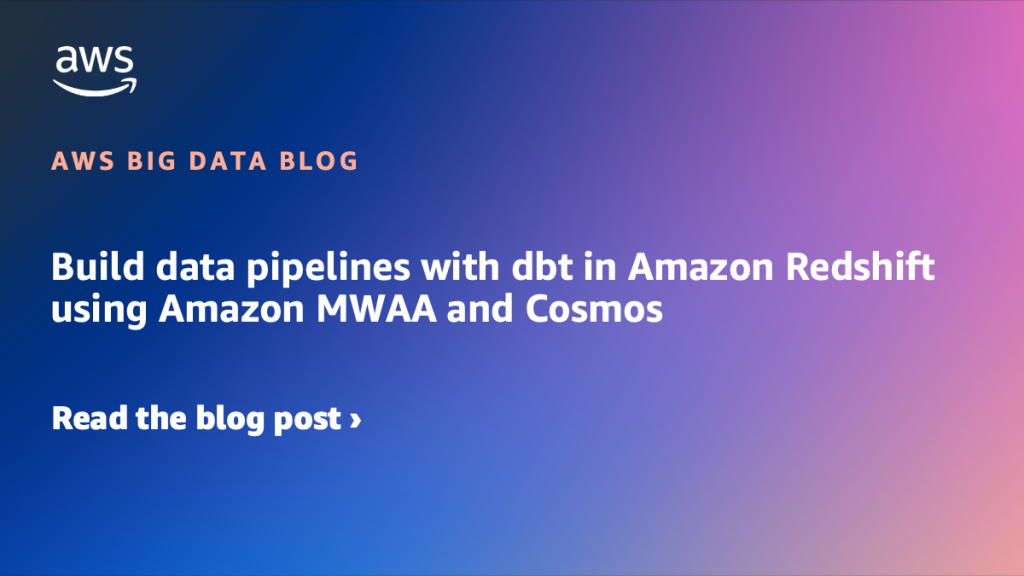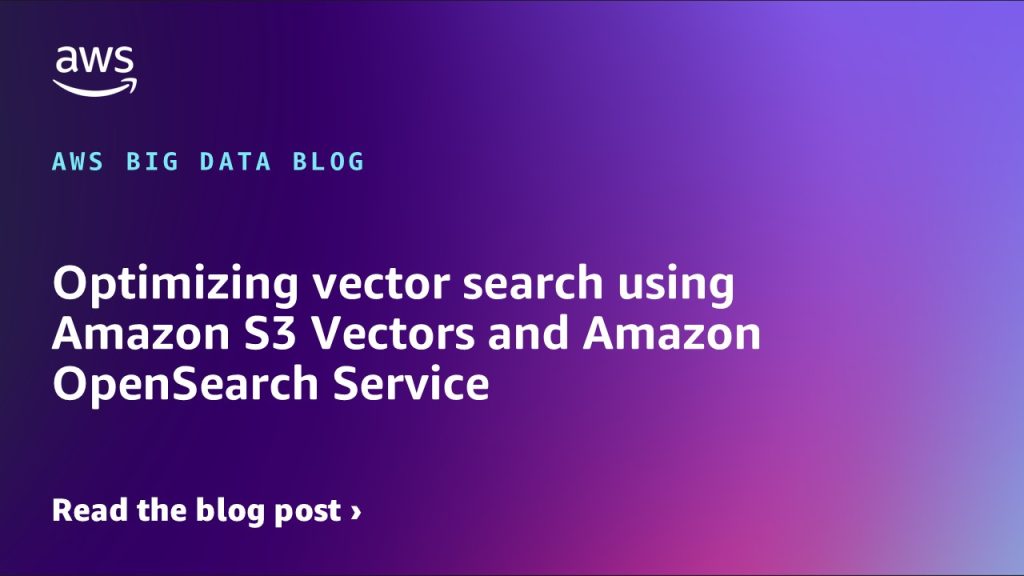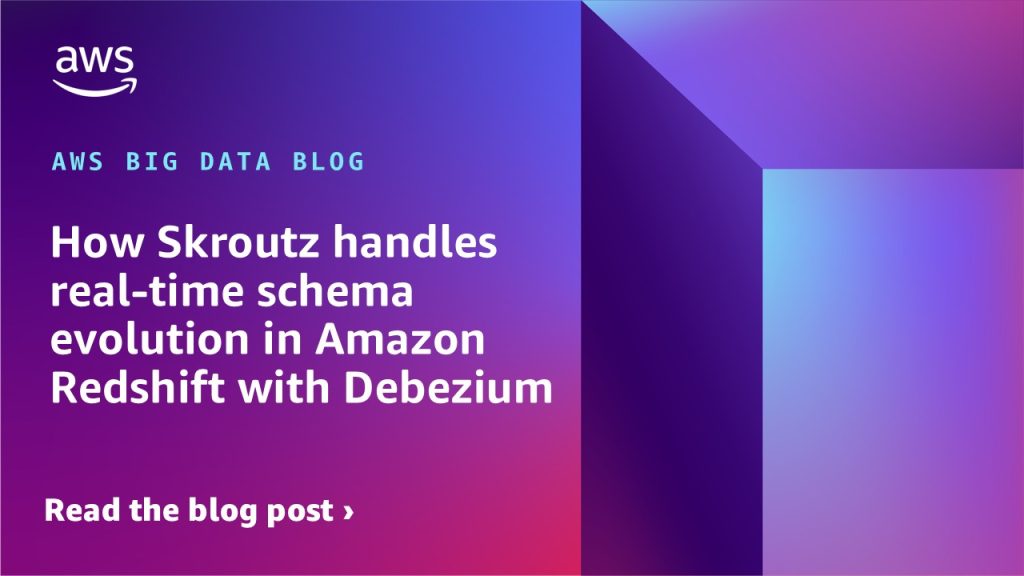AWS Big Data Blog
Category: Advanced (300)
Build data pipelines with dbt in Amazon Redshift using Amazon MWAA and Cosmos
In this post, we explore a streamlined, configuration-driven approach to orchestrate dbt Core jobs using Amazon Managed Workflows for Apache Airflow (Amazon MWAA) and Cosmos, an open source package. These jobs run transformations on Amazon Redshift. With this setup, teams can collaborate effectively while maintaining data quality, operational efficiency, and observability.
Optimize traffic costs of Amazon MSK consumers on Amazon EKS with rack awareness
In this post, we walk you through a solution for implementing rack awareness in consumer applications that are dynamically deployed across multiple Availability Zones using Amazon EKS.
Optimizing vector search using Amazon S3 Vectors and Amazon OpenSearch Service
We now have a public preview of two integrations between Amazon Simple Storage Service (Amazon S3) Vectors and Amazon OpenSearch Service that give you more flexibility in how you store and search vector embeddings. In this post, we walk through this seamless integration, providing you with flexible options for vector search implementation.
Perform per-project cost allocation in Amazon SageMaker Unified Studio
Amazon SageMaker Unified Studio enables per-project cost allocation through resource tagging, allowing organizations to track and manage costs across different projects and domains effectively. This post demonstrates how to implement cost tracking using AWS Billing and Cost Management tools, including Cost Explorer and Data Exports, to help finance and business analysts follow FinOps best practices for controlling cloud infrastructure costs.
How Stifel built a modern data platform using AWS Glue and an event-driven domain architecture
In this post, we show you how Stifel implemented a modern data platform using AWS services and open data standards, building an event-driven architecture for domain data products while centralizing the metadata to facilitate discovery and sharing of data products.
How Skroutz handles real-time schema evolution in Amazon Redshift with Debezium
Skroutz chose Amazon Redshift to promote data democratization, empowering teams across the organization with seamless access to data, enabling faster insights and more informed decision-making. In this post, we share how we handled real-time schema evolution in Amazon Redshift with Debezium.
How Nexthink built real-time alerts with Amazon Managed Service for Apache Flink
In this post, we describe Nexthink’s journey as they implemented a new real-time alerting system using Amazon Managed Service for Apache Flink. We explore the architecture, the rationale behind key technology choices, and the Amazon Web Services (AWS) services that enabled a scalable and efficient solution.
Using AWS Glue Data Catalog views with Apache Spark in EMR Serverless and Glue 5.0
In this post, we guide you through the process of creating a Data Catalog view using EMR Serverless, adding the SQL dialect to the view for Athena, sharing it with another account using LF-Tags, and then querying the view in the recipient account using a separate EMR Serverless workspace and AWS Glue 5.0 Spark job and Athena. This demonstration showcases the versatility and cross-account capabilities of Data Catalog views and access through various AWS analytics services.
Centralize Apache Spark observability on Amazon EMR on EKS with external Spark History Server
This post demonstrates how to centralize Apache Spark observability using SHS on EMR on EKS. We showcase how to enhance SHS with performance monitoring tools, with a pattern applicable to many monitoring solutions such as SparkMeasure and DataFlint.
Architecture patterns to optimize Amazon Redshift performance at scale
In this post, we will show you five Amazon Redshift architecture patterns that you can consider to optimize your Amazon Redshift data warehouse performance at scale using features such as Amazon Redshift Serverless, Amazon Redshift data sharing, Amazon Redshift Spectrum, zero-ETL integrations, and Amazon Redshift streaming ingestion.









